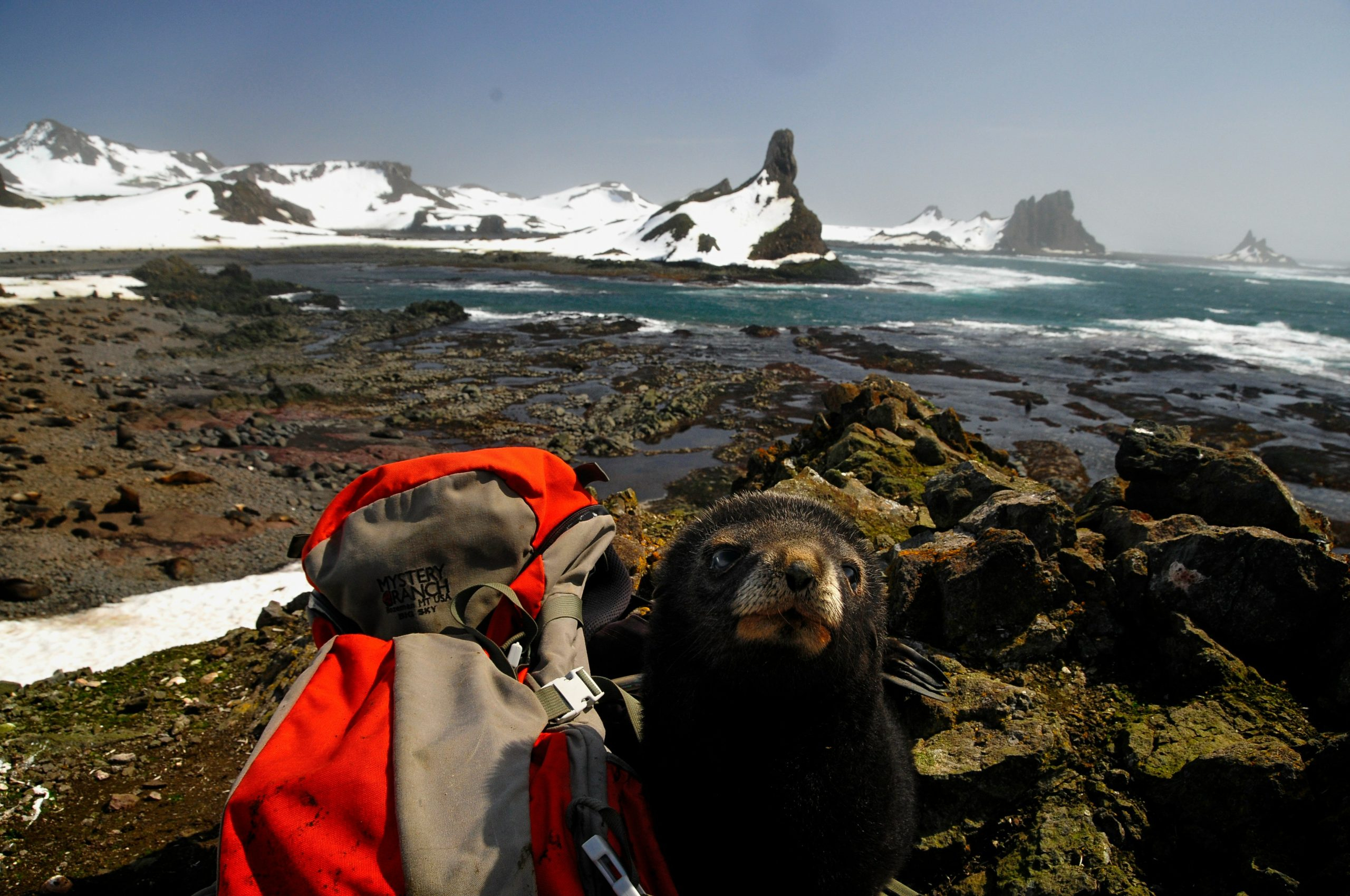Climate Refugee Uniforms: Speculative Designs for 2050 Migration
With the increasing threat of climate change, the world is preparing for the mass displacement of people as a result of environmental disasters. These individuals, known as climate refugees, will face a multitude of challenges as they migrate to new lands. One of the most overlooked aspects of this phenomenon is the necessity for a uniform that can withstand the harsh conditions of their journey. In this article, we will explore the concept of climate refugee uniforms and how designers are speculating on their designs for the year 2050. From functional features to sustainability, let’s discover how these uniforms can provide a sense of security and protection for the displaced individuals.
The Need for Climate Refugee Uniforms
As a result of climate change, extreme weather events such as droughts, floods, and hurricanes are becoming more frequent and severe. This has led to the displacement of millions of people from their homes, and it is estimated that by 2050, there will be 200 million climate refugees worldwide.
Unlike traditional refugees, climate refugees are forced to flee their homes due to environmental factors, rather than political or social reasons. This presents a unique set of challenges, as they may have to migrate to countries that are unprepared for their arrival and have inadequate resources to support them. In addition to basic necessities like food, water, and shelter, these individuals will also need clothing that can withstand the harsh conditions of their journey.
Functional Features of Climate Refugee Uniforms
Designers are beginning to speculate on the functional features that these uniforms will need to have in order to support the climate refugees on their journey. One of the most important features is durability. These uniforms will need to last for an extended period of time, as the refugees may not have access to replacements during their journey. They will also need to be water-resistant, as many refugees will have to cross rivers or bodies of water to reach their destination.
In addition to durability, these uniforms will also need to be versatile. They should be able to adapt to different weather conditions, as refugees may encounter extreme heat, cold, or rain during their journey. This could be achieved through features such as detachable layers or adjustable hoods and sleeves.
Another important feature is comfort. The journey of a climate refugee is already physically and emotionally taxing, and uncomfortable clothing will only add to their hardships. Therefore, these uniforms should be made from lightweight and breathable materials, allowing the refugees to move about freely and comfortably.
Sustainability in Design
Aside from functionality, sustainability is also a crucial factor that designers are considering in the creation of climate refugee uniforms. These garments should be made from eco-friendly and ethically sourced materials, as many refugees will already have a significant impact on the environment during their journey.
Designers are also exploring the use of renewable energy in these uniforms. For example, some uniforms may have solar panels that can generate electricity to charge devices or light up LED strips to make the refugees visible at night. This would not only be practical but also reduce the carbon footprint of the refugees.
The Power of Design in Providing a Sense of Security
Aside from practical features, designers are also recognizing the crucial role that uniforms can play in providing a sense of security and identity to the climate refugees. These individuals have already lost their homes and belongings, and a uniform can give them a sense of belonging and unity. It can also serve as a symbol of hope, reminding them that they are not alone in their journey.
The design of these uniforms should also take into consideration the cultural backgrounds of the refugees. This can be achieved through incorporating traditional patterns or symbols into the design, making the refugees feel connected to their heritage even in the midst of displacement.
In Conclusion
The concept of climate refugee uniforms is still in its speculative stage, but it is vital for designers to start considering the challenges and needs of these individuals in their designs. By incorporating functional features, sustainability, and a sense of security and identity, these uniforms can provide a much-needed sense of support and protection to the climate refugees of the future.
In a world where climate change is an undeniable reality, it is crucial for us to prepare for its consequences, one of which is the displacement of millions of people. Climate refugee uniforms may seem like a small aspect in the grand scheme of things, but they can play a significant role in providing comfort and security to those who have lost everything. It is up to designers to use their skills and creativity to make a positive impact on the lives of these individuals and help them on their journey to a more hopeful future.










